Geneva, MINA – UNESCO on Monday warned that the deliberate targeting of sites under its protection could constitute a war crime under international law, Anadolu Agency reported.
The warning came during a presentation in Geneva by UNESCO and the UN Satellite Centre (UNOSAT) of their work in monitoring damage to cultural heritage in Lebanon and Gaza.
“When we speak about places like Baalbek… it’s not just about individual properties, it’s the broader territory under UNESCO protection,” Krista Pikkat, UNESCO’s director for culture and emergencies explained. “This includes World Heritage Sites or areas under enhanced protection, which provide the highest level of immunity.”
“So that means that if somebody targets deliberately, this act may constitute a war crime,” Pikkat said.
Also Read: UNRWA: 90% of Gaza’s Population Depends on Humanitarian Aid Amid Israeli Restrictions
The classification applies to areas like Baalbek in Lebanon, a UNESCO World Heritage Site that holds immense historical and cultural significance.
She noted that Lebanon has reported 34 sites, including the World Heritage sites of Baalbek and Tyre — near to which strikes have recently been recorded, as potentially under threat amid the ongoing regional conflict. There have only been damage or hits in the vicinity of surrounding of such areas, she said.
In Gaza, 69 cultural properties have been affected since the escalation of hostilities, she said and added that those include 43 historical or artistic buildings, six monuments, seven archaeological sites, and one museum.
While Gaza lacks World Heritage Sites, one location is listed under the enhanced protection of the 1954 Hague Convention, she said, noting that there is no damage to this site.
Also Read: Two Million Israelis Face Looming Mental Health Crisis Amid Gaza War
The 1954 Hague Convention obligates parties to a conflict to avoid targeting cultural heritage sites.
To enforce these protections, UNESCO shares the coordinates of such sites with relevant authorities, including those involved in the conflict, she said.
Regarding the possible precautions taken by UNESCO to preserve artifacts inside such cultural heritage sites, Pikkat said UNESCO’s role is not necessarily to evacuate artifacts. It focuses on advising governments on how to protect and preserve cultural heritage during crises, she said.
On the methodology that is being used to determine damages, UNESCO AND UNOSAT said that they use remote assessment of damage due to access issues, juxtaposing pre-conflict conditions with post-incident visuals and satellite data. (T/RE1/P2)
Also Read: US-Backed Gaza Aid Group Ends Mission Amid Controversy Over Delivery and Safety
Mi’raj News Agency (MINA)





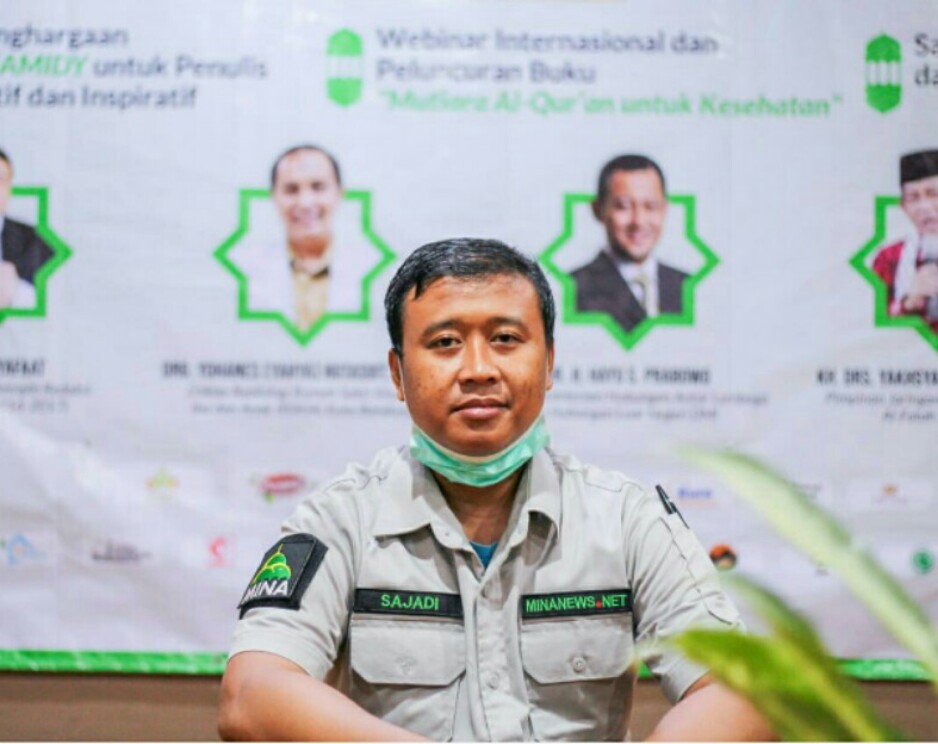


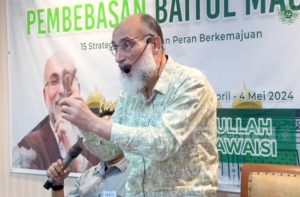


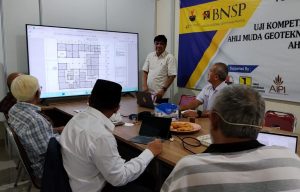





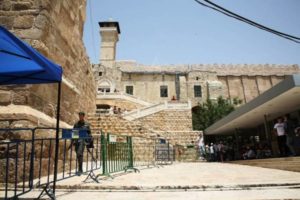














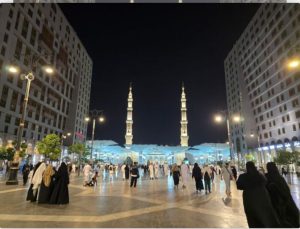



 Mina Indonesia
Mina Indonesia Mina Arabic
Mina Arabic